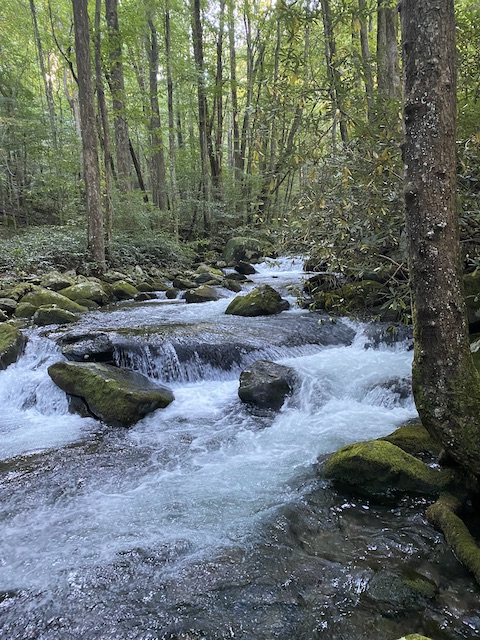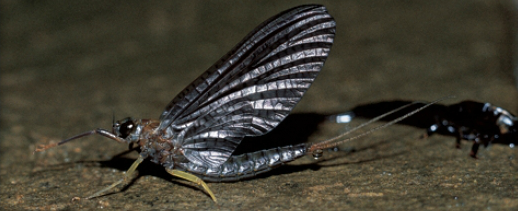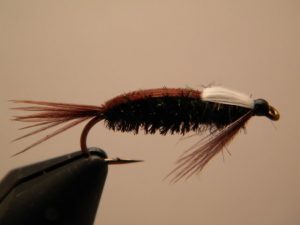
Location
Smoky Mountains

Water Levels
Little River: 1410cfs / 3.90 feet
Pigeon: 2300cfs / 3.87 feet
Oconaluftee: 1280cfs / 2.86 feet
Cataloochee: 113cfs / 2.65
Water Temperatures (approximate)
Low elevations: 61 – 64 degrees
Mid elevations: 58 – 62 degrees
High elevations: 53 – 58 degrees
Current Conditions
Ida came through mid week and dumped a ton of rain so streams are too high to fish right now. However, all that rain coupled with mild temperatures has dropped water temperatures a bunch.
Water is high everywhere but the North Carolina side of the park is in a little better shape. It will just take a couple of days to drop to workable levels. Across the board, expect fishing conditions to improve greatly by the latter part of the weekend.
Projected Conditions
Once water drops, we should be looking at a great week ahead! As mentioned above, water temperatures have dropped significantly which should have lower elevation streams turning on. Temperatures are expected to remain mild through the week. I’m sure we’ll have at least a couple more bouts with hot weather in the coming weeks but for now, enjoy this little fall teaser!
Tips
Over the next day or two, I’d stay off the streams unless you really know your way around Smokies streams. High water is dangerous and there will be a very limited amount of fishable water. As water continues to drop, use caution and focus flatter, “pooly” parts of the stream.
It will be mostly nymphing in the coming days… fish them heavy and deep. Check out Fishing High Water for a few tips. By Sunday or Monday we should begin seeing topwater activity pick up again.
Hatches/Fly Suggestions
While water is high, I’d focus mostly on nymphs. I’d fish a pair and try to diversify them. Have one bright and one drab or one big and the other small. Don’t be afraid to experiment. In addition to the standard nymphs mentioned below, I like worm patterns and big, rubber-legged stoneflies in higher water.
Once the water drops back to normal, you’ll still do a lot of pocket water fishing in the coming weeks. For that, it’s tough to beat a dry fly/dropper rig. For a dry fly, I like anything that floats well and that I can see, probably in the size #16-12 range. I prefer something yellow and probably foam. However, we will soon be transitioning into tans and oranges. But most any attractor will get you through most situations. Parachute Adams, Parachute Hares Ears, Thunderheads, Adams Wulffs and Royal Wulffs always do pretty well.
But as mentioned, you’ll want to be sure to have some dry flies in yellow, and soon orange and tan to best match hatching insects. A yellow, orange or tan Neversink in #16 – 14 is a staple for me. So is a yellow or orange Stimulator. I’d also carry some tan Elk Hair Caddis in #16-14. For nymphs, try Hares Ears, Pheasant Tails, Copper Johns, Tellico Nymphs and a favorite this time of year… George Nymphs.
Summer is winding down but terrestrials will still be an important food source for the next 6 weeks or so. Fish will continue feeding on ants and beetles. Inchworms are abundant as well and a Green Weenie can be a killer this time of year. It’s a great fly to drop off a dry fly. Check out my article Hidden Terrestrials for a different approach to your terrestrial fishing,
Check out my Hatch Guide for complete hatch information.
Featured Fly
Isonychia nymphs are very active this time of year. While there are a number of specific Isonychia patterns, the George Nymph has always been one of my best imitations. So, while it’s a great generic nymph all year, I think the George Nymph is at its best in August and September!





